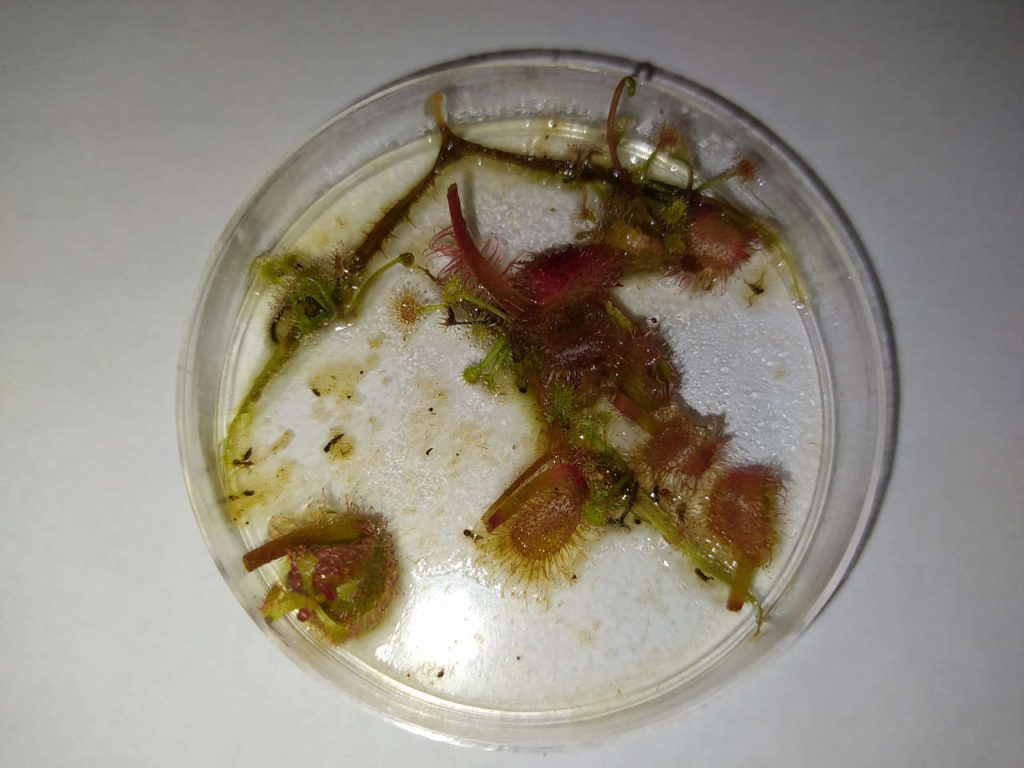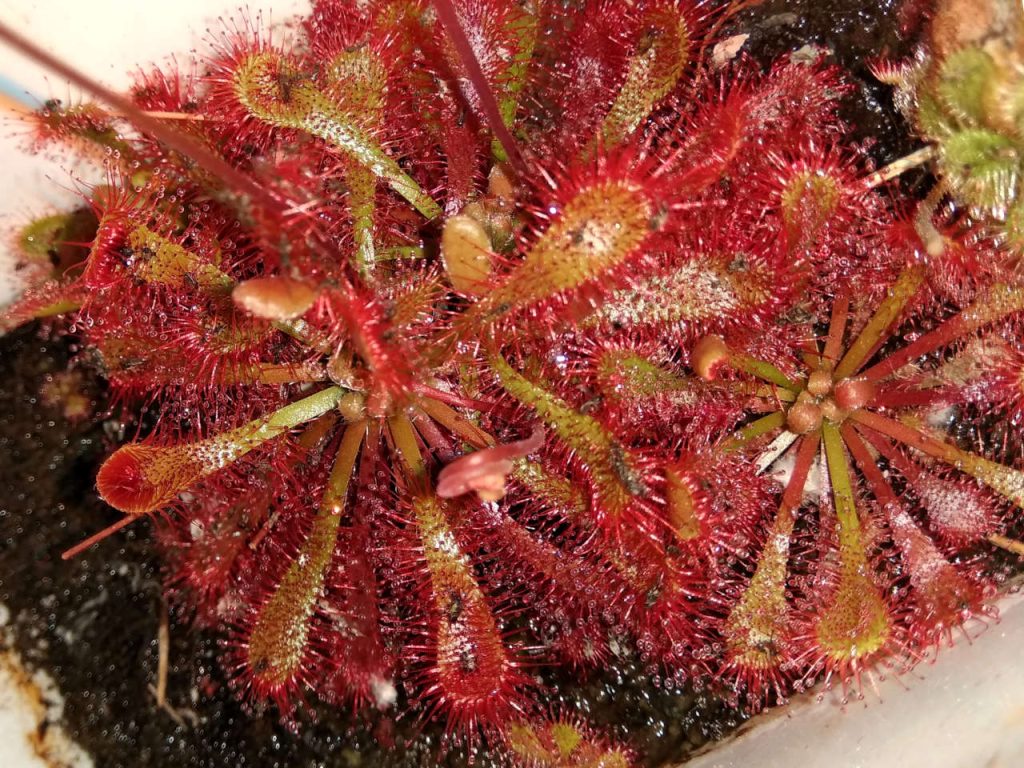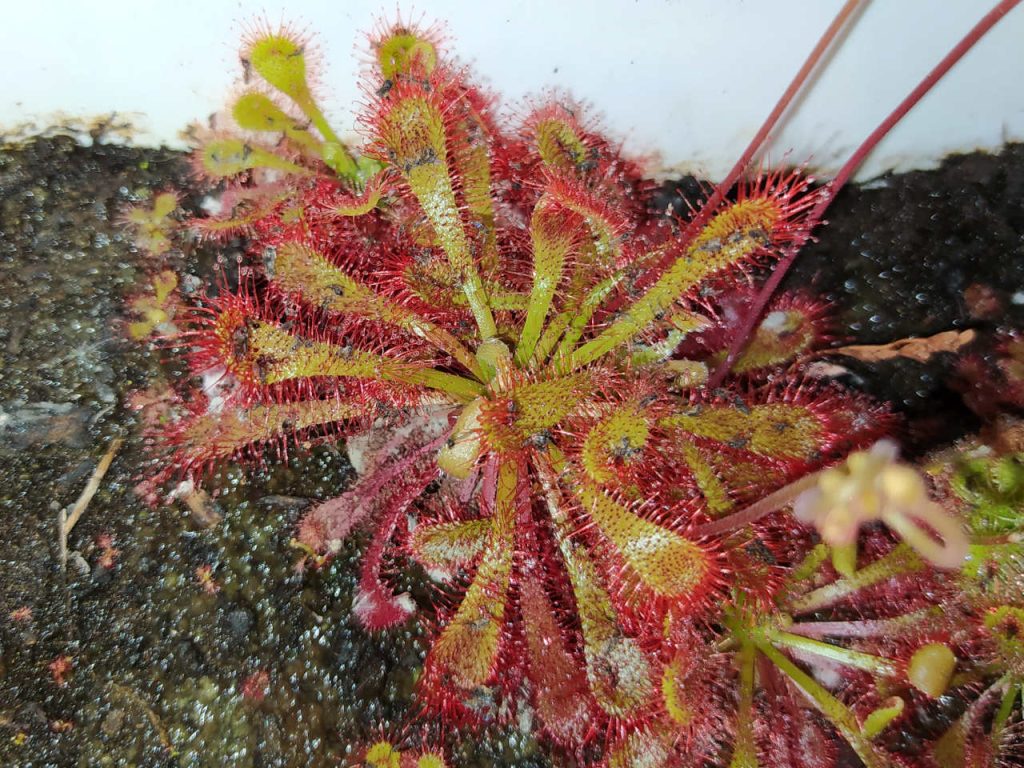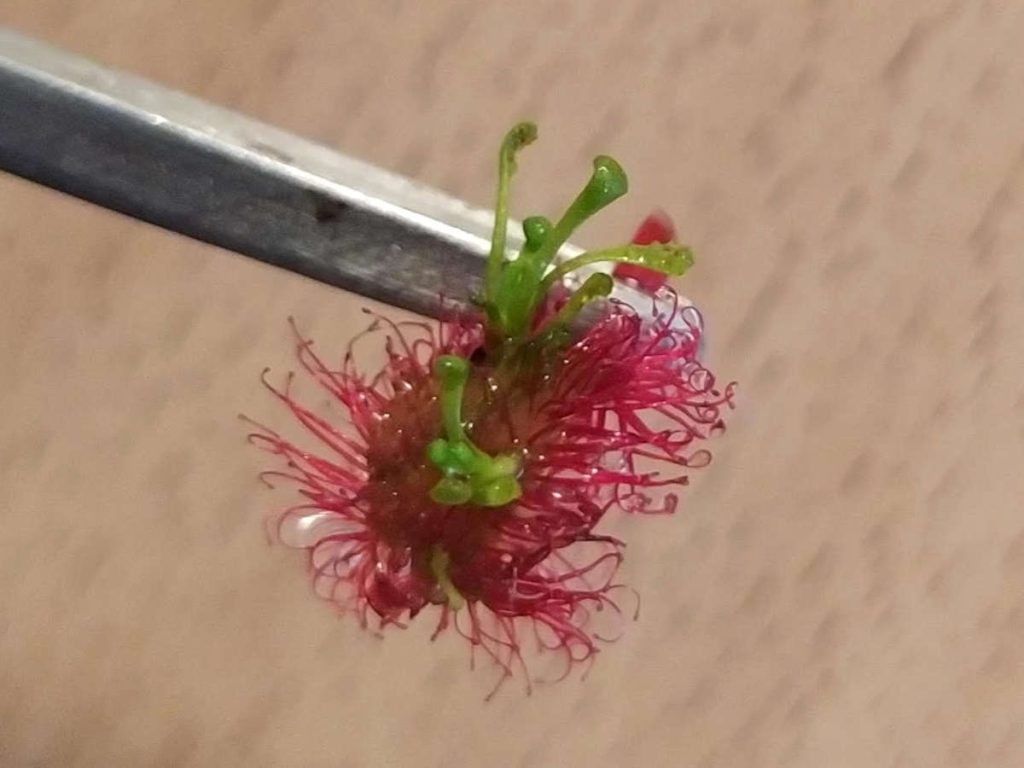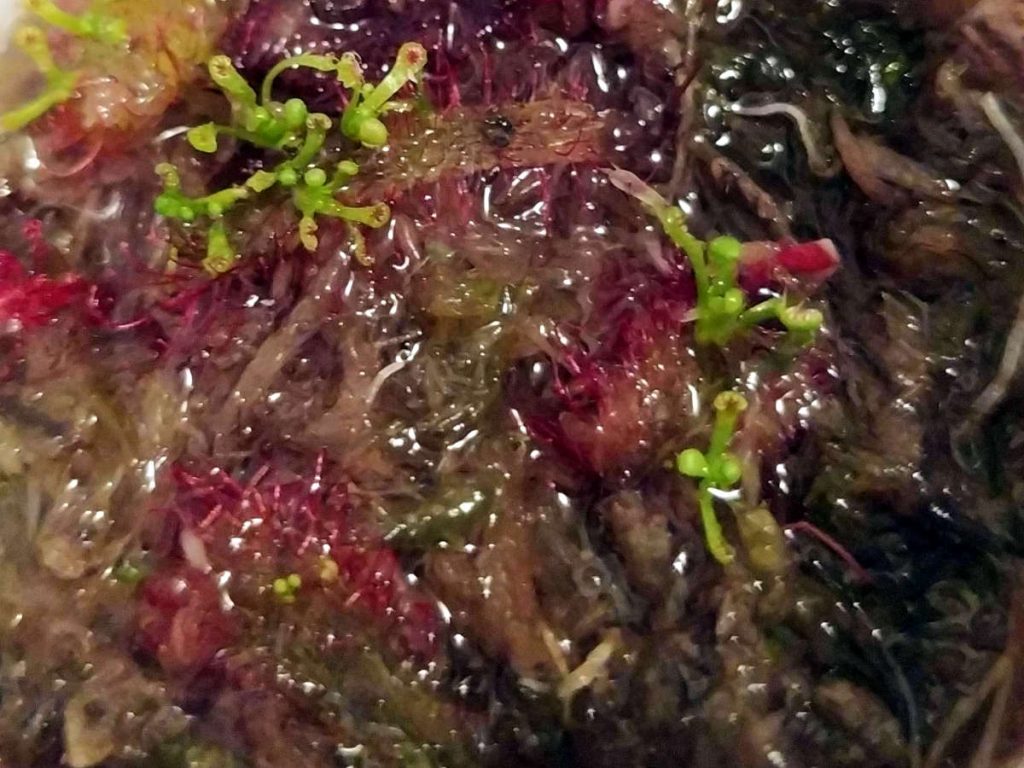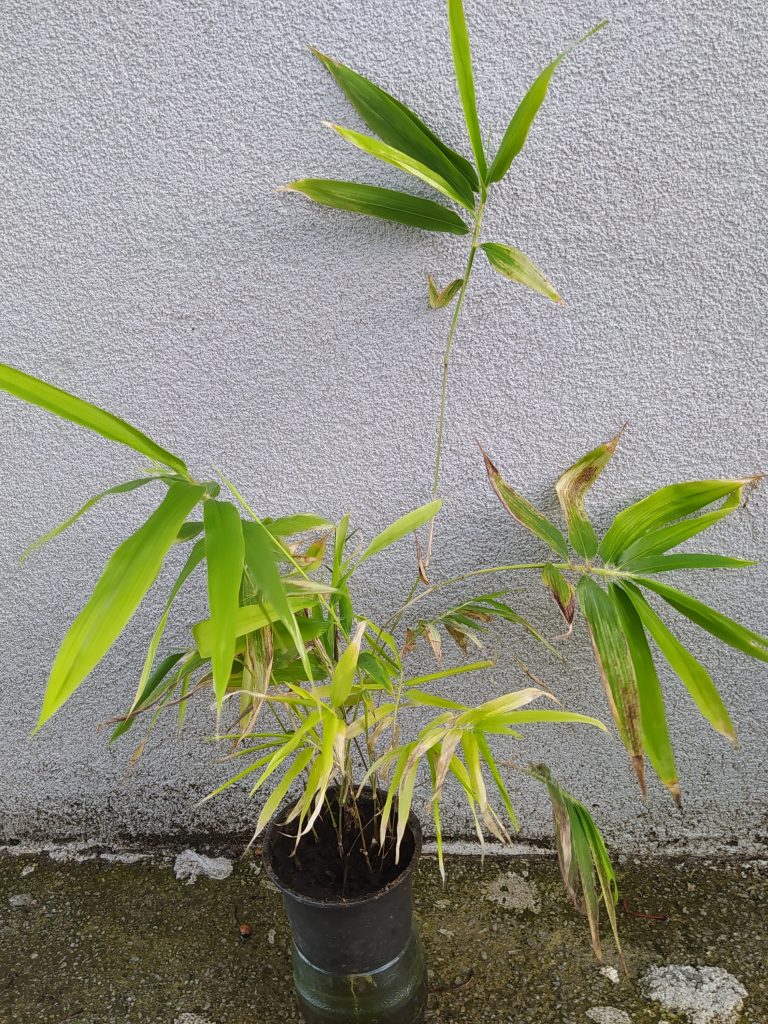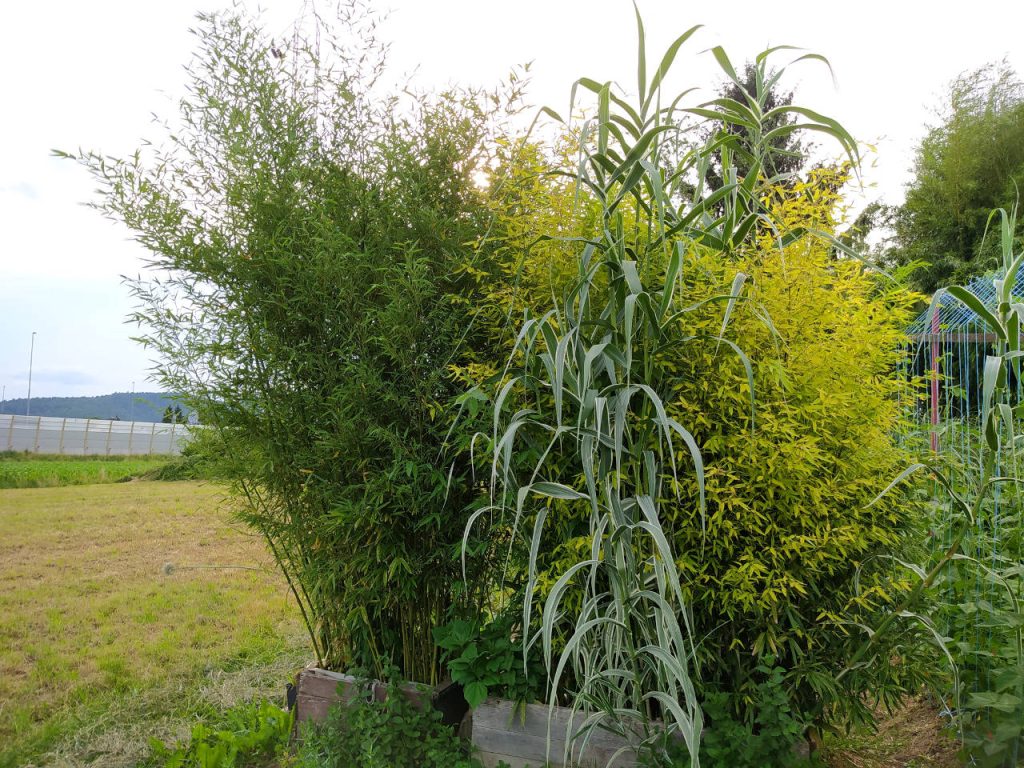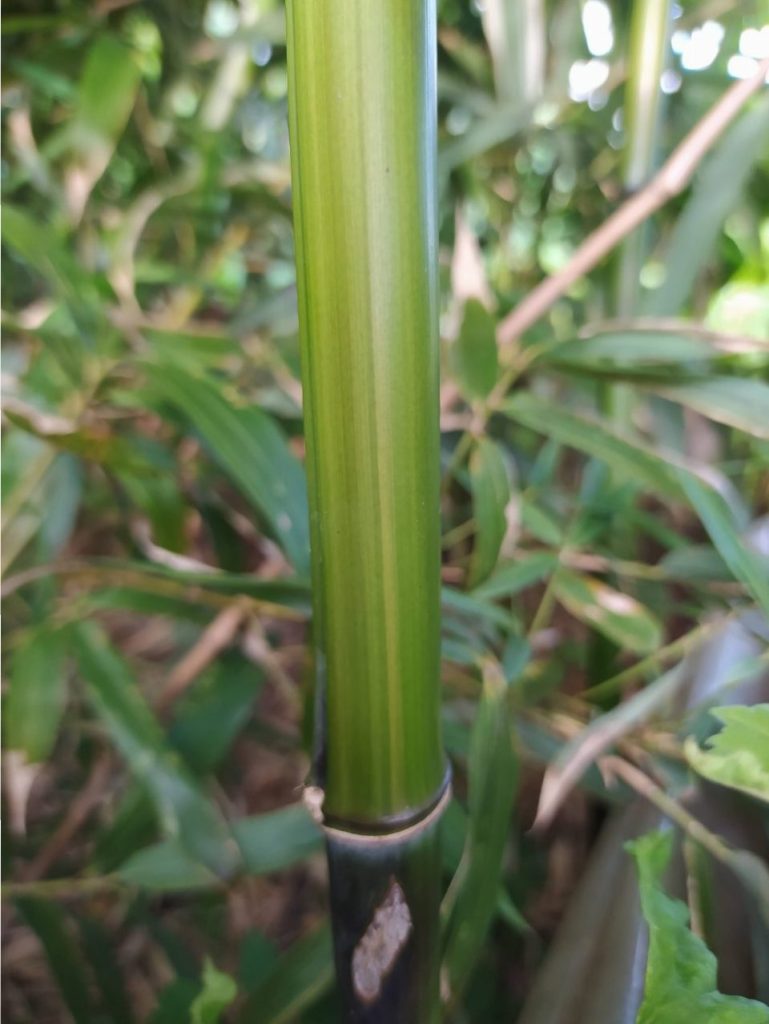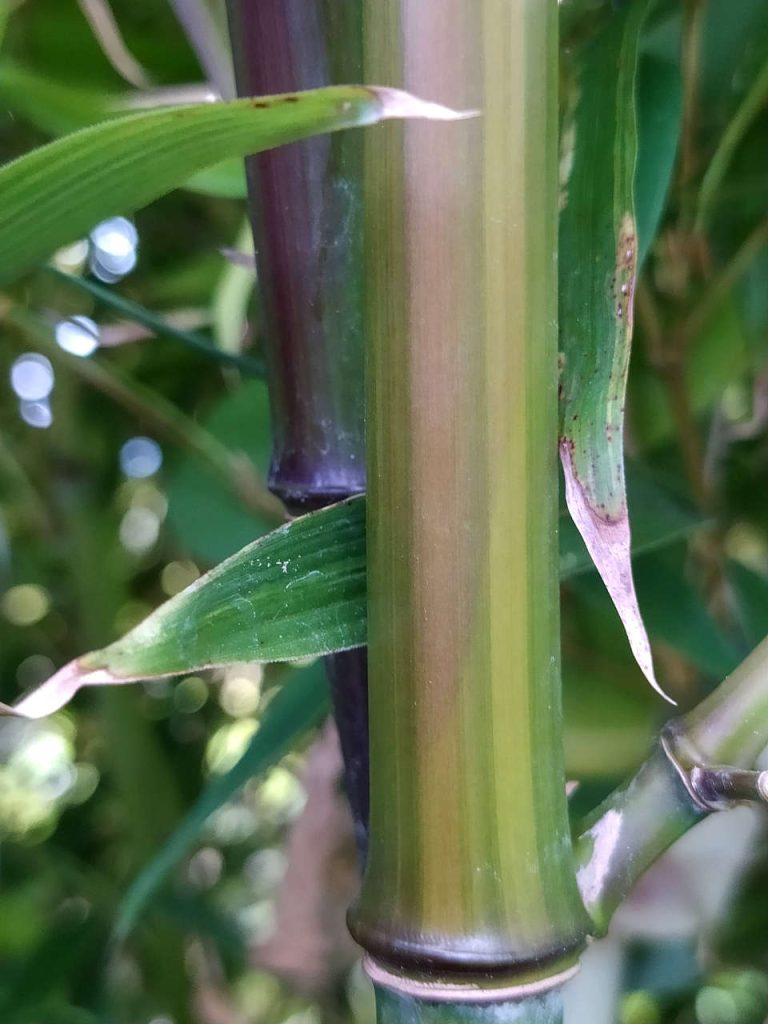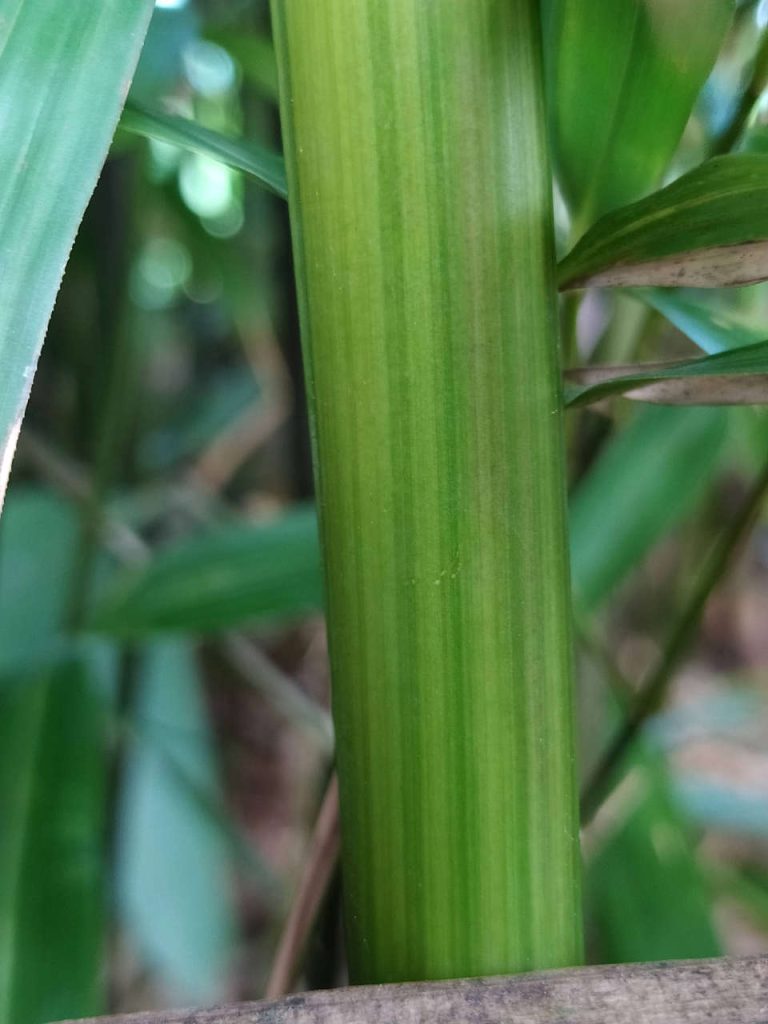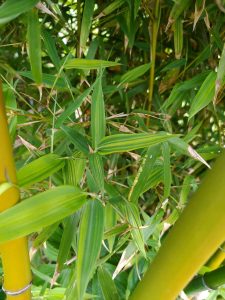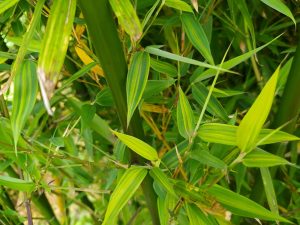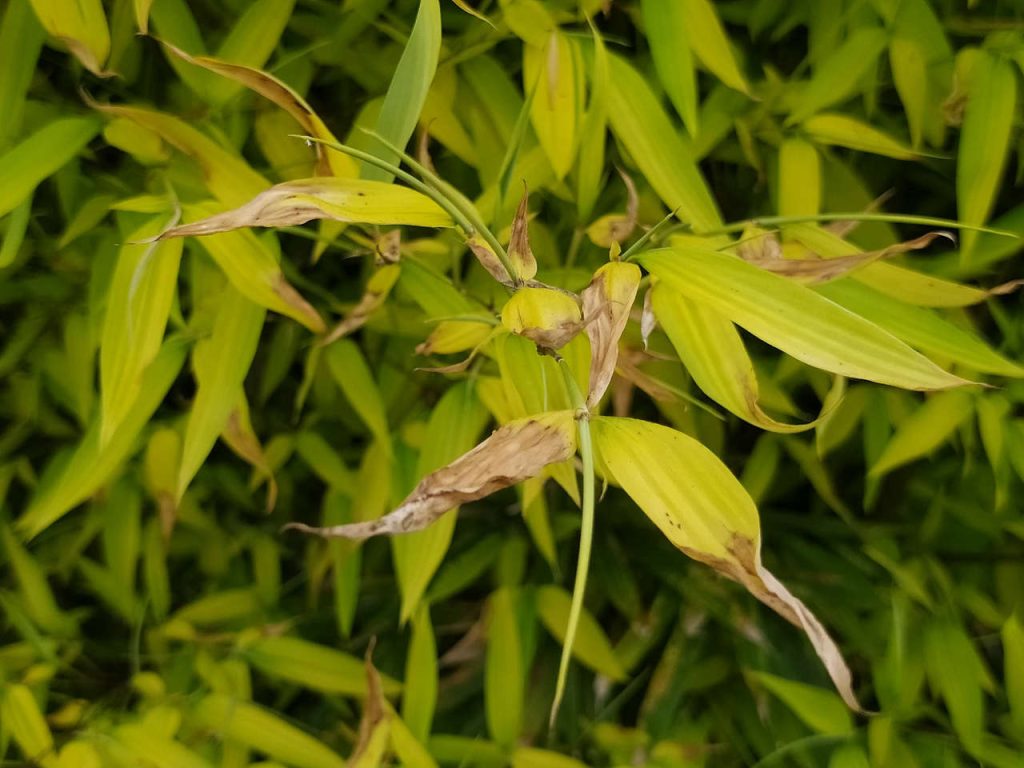Growing Hibiscus rosa-sinensis from seed
This post is as far away from cold-hardy as it gets. This time, I tried growing tropical hibiscus seeds. After growing and hybridizing temperate Hibiscus moscheutos and later Hibiscus coccineus, I added completely non-hardy tropical Hibiscus rosa-sinensis to the list.
How hard can it be?
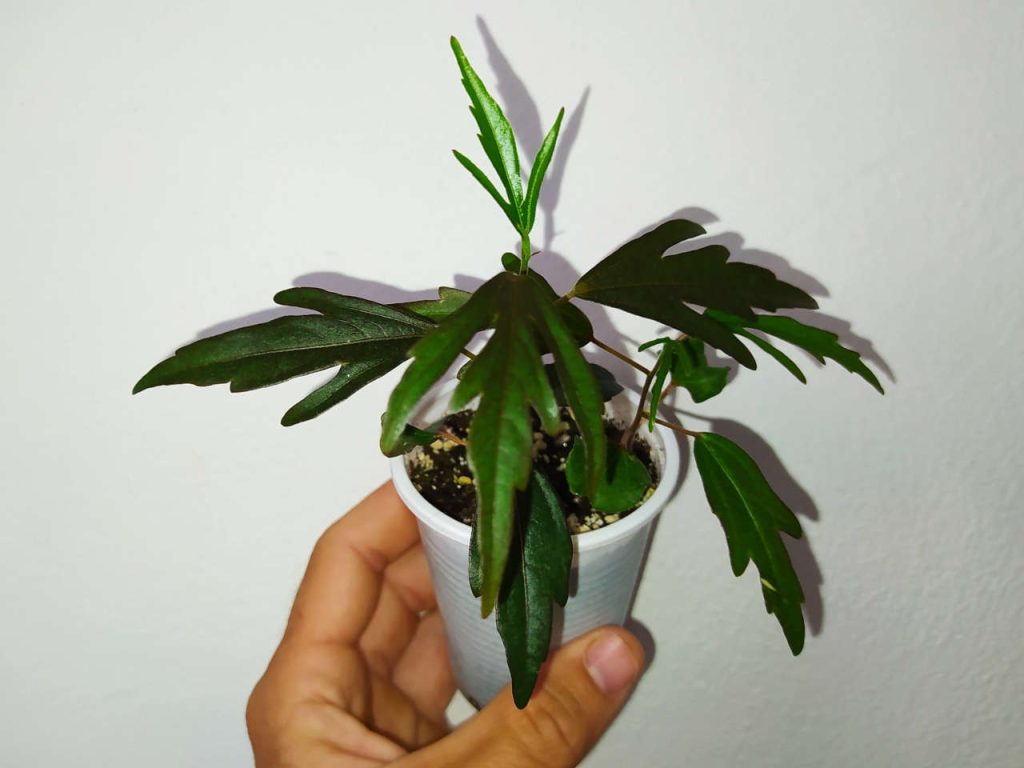
When I first tried growing the seeds, they were old and haven’t been kept in ideal conditions. None of the seeds germinated. I have successfully germinated at least 2 years old seeds of temperate Hibiscus moscheutos before, so I expected at least some success with the tropical variety as well. Seeds were not that old after all, 6 months at most.
The second time, I used fresh seeds and soon noticed they started sprouting. They emerged as typical Hibiscus with the same cotyledon as its siblings before. The only evident difference was the smooth glossy texture of the leaves.
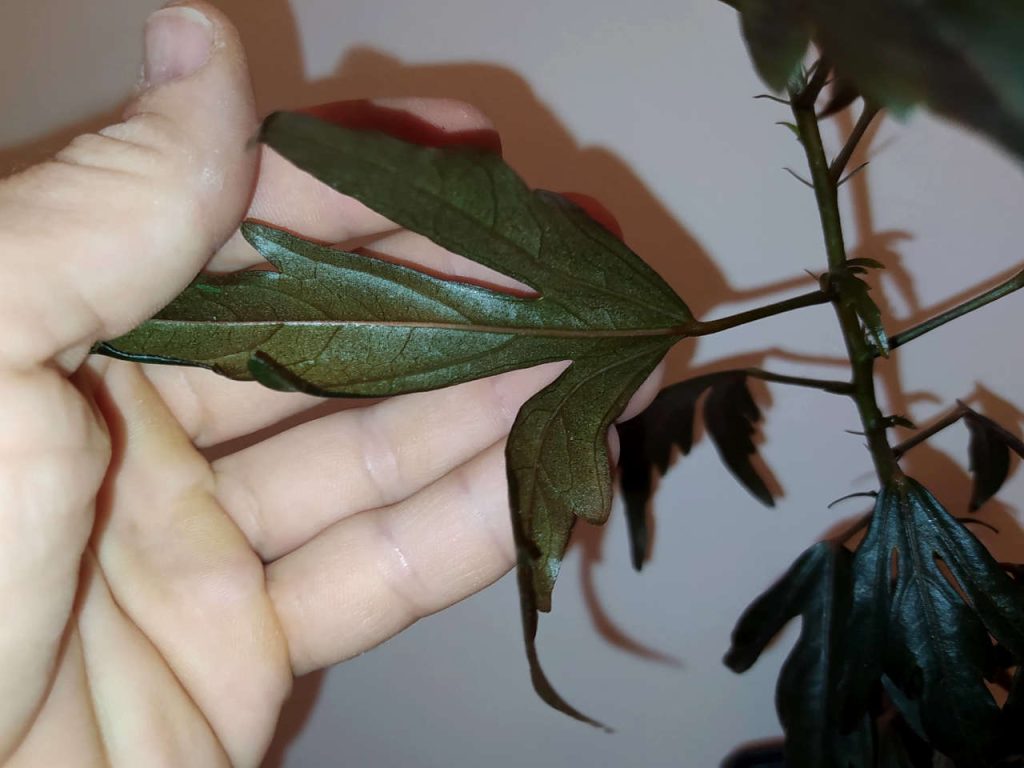
Leaves are dark brown on top with reddish-brown underside.
Brown leaves!
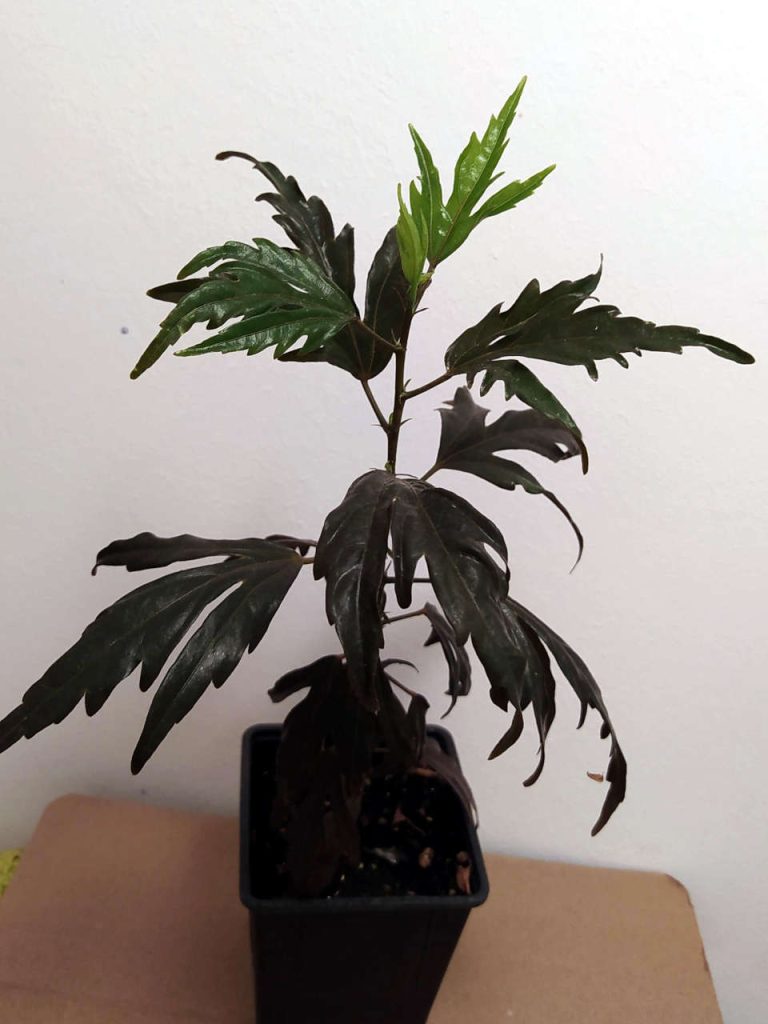
Soon after germination, first sets of true leaves emerged and they immediately started gaining red color under LED grow lights. Temperate hibiscus seedlings could get it, but it never got that extreme. Leaves that are originally dark green turned chocolate brown when the red leaf pigmentation formed. New leaves start light green and color-up as they mature. They really look unique with that dark colored leaves. Under LED grow light, they appear almost completely black.
Seedling diversity
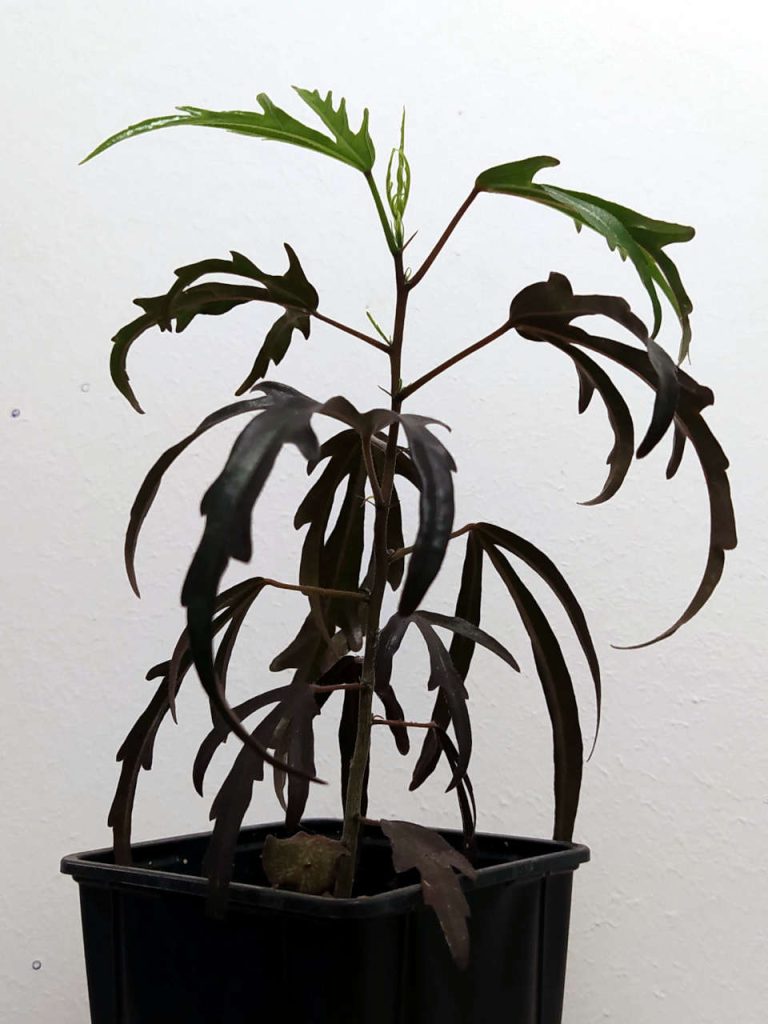
From the very beginning, leaves of the seedlings looked different. Since these are most likely juvenile leaves, they could eventually become identical. They both have leaves with 3 lobes. One of the seedlings have extremely thin lobes. I’m new to the tropical hibiscus seedlings so I got quite surprised by both its appearance and the fact how different their leaf shape is.
I will grow these two seedlings as potted plants and I’m looking forward to see how they develop. Their growth is getting very vigorous now. I’m afraid they could soon run out of space I can offer them, but for now, they are doing great. I might write an update when they mature and possibly even start flowering.


